Panera’s big bet on urban diners? Smaller restaurants
Panera, with its mainstream American menu, large booth seats, and inoffensive decor, has thrived in the suburbs. But can it compete with a quirky coffee shop or family-owned deli in Brooklyn or San Francisco?
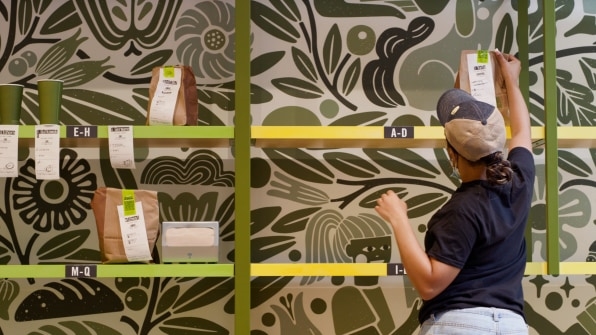
We’re about to find out. Panera is landing in New York City with two new store formats designed for high-rent, densely populated parts of the country. The first, called Panera To Go, will be located close to Union Square, and will feature shelves for rapid pick up and delivery, with no dine-in seating at all. The second, a new flagship Urban Format store in the Hearst Building, is 40% smaller than its suburban locations, with limited counter seating.
More of these stores will pop up in other big cities in the months to come, as part of Panera’s broader goal of reaching urban consumers. But it’s unclear whether Panera’s design and food offerings will resonate with city dwellers, who already have plenty of restaurant options with more personality and more interesting flavors.
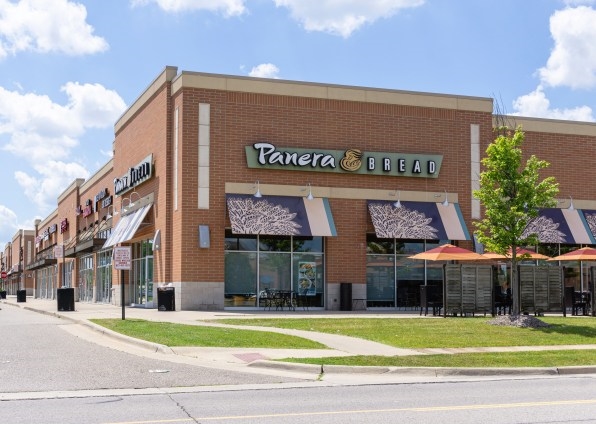
A Suburban Hit
Over the past 35 years, Panera’s formula has been successful in affluent suburbs, where the vast majority of the brand’s 2,200 stores are located. It helped pioneer the fast casual restaurant concept, with menu items that are more expensive and better quality than traditional fast food. In 2016, it announced it was banning more than 150 food additives known to cause harm, including artificial colors and high fructose corn syrup. Panera is now the 10th largest restaurant chain in the U.S. with revenues at $5.8 billion last year.
Locations are spacious, usually around 4,000 square feet, and feature cozy fireplaces and large booths that are perfect for families. Its menu of American staples—sandwiches, salads, and soups—are made to order and provide an alternative to fast food. “We love suburbs,” says Eduardo Luz, Panera’s chief brand and concept officer. “They’re our stronghold.”
But Panera believes it now has what it takes to win over urban consumers. Luz says the success of Panera’s mobile app has laid the foundation for this expansion. Its app allows for a wide array of ordering options, including rapid pickup and contactless dine-in. During the pandemic, mobile ordering soared, and today, digital orders make up half of all sales.
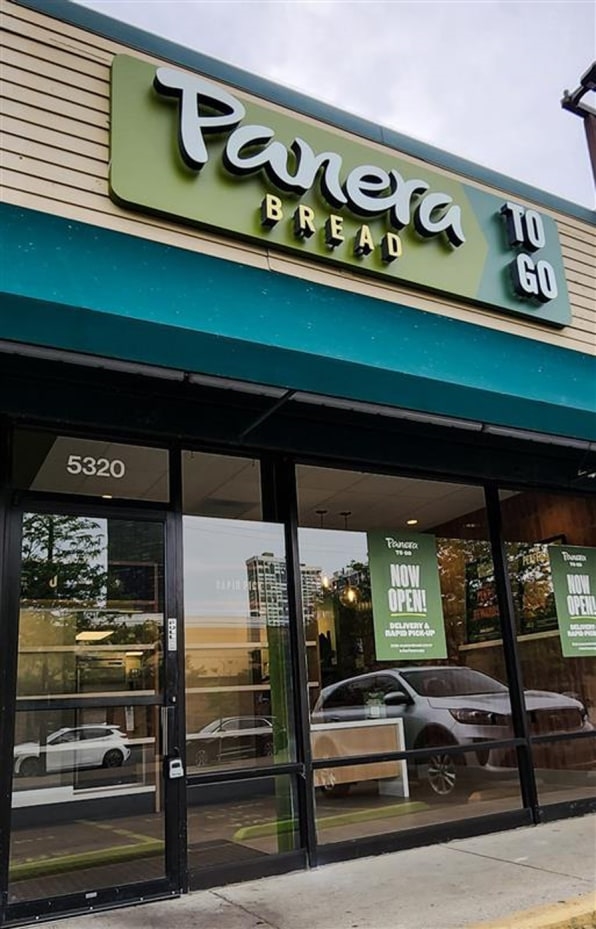
Luz says the city stores will rely heavily on digital ordering. It’s To Go stores, which focus on rapid pick-up and delivery, are designed for densely populated areas. The small format stores will allow people to have a quick meal at the counter, but will also make it easy for people to dine off-premise. Given the high cost of real estate in big cities, these new formats will make it possible for Panera to turn a profit. “If we dropped our typical suburban Panera in a city, the rents are too high to make a good return,” Luz says.
Many of Panera’s competitors have already expanded into the small, urban store format. Two years ago, Chipotle launched its first digital only store and Sweetgreen did the same this past summer. But both of these chains launched in cities and have have historically done well in urban environments. On the other hand, Panera has very little urban experience, with only 100 stores—or less than 4% of its fleet—in city locations. “This expansion is a big deal for us,” Luz says.
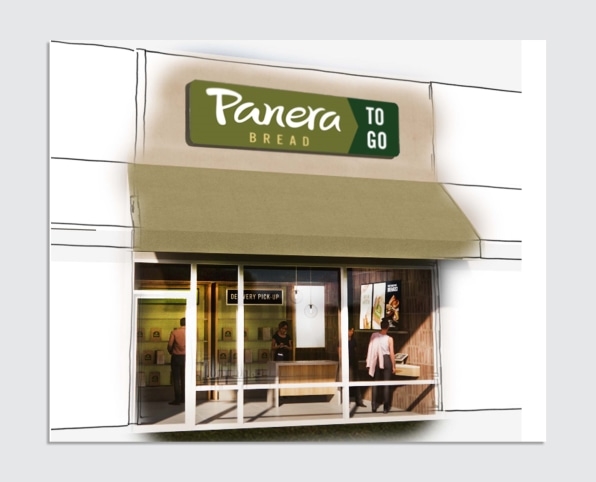
Winning Over The Big City
Luz believes that convenience is key to winning over city folk. He says these formats will work well close to offices or colleges, where people might want to pick up their food to eat at their desk. The new Union Square To Go location, for instance, is strategically located next to New York University.
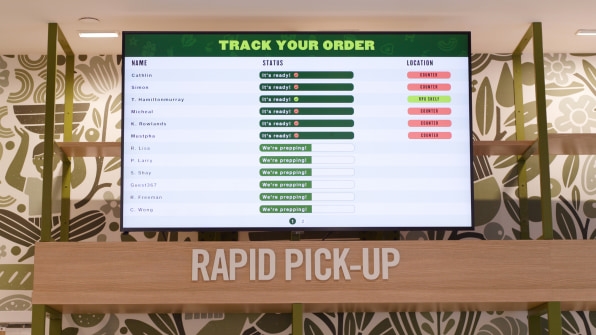
But he acknowledge that convenience is not enough. He’s also focused on elevating the design of these new stores. Most suburban stores have a palette of green and brown, along with the brand’s “Mother Bread” logo prominently displayed. The urban stores will be more streamlined, with sleek wood paneling, and modern art on the walls. “We’ve reimagined the look and feel of the entire brand,” Luz says. “But we’re still focused on creating a cozy, warm environment, where you feel like you might want to linger a while.”
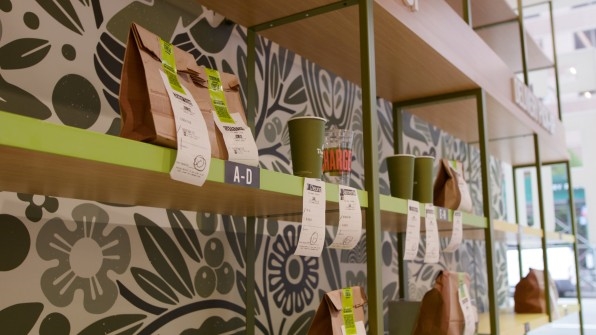
Panera ultimately plans to bring this new look to its entire portfolio of stores to create a cohesive brand. But it plans to update stores gradually, remodeling a few hundred existing locations every year. It might take more than a redesigned store to get New Yorkers to visit a Panera. For one thing, there are no plans to update the menu. Panera’s mac and cheese or chicken soups might not be exciting or flavorful enough for city dwellers, who have a wide array of culinary options from around the world at their fingertips.
Still, Panera’s management believes that the restaurants food and design can succeed in busy urban hubs. “At our core, we’re about making food fresh for each customer,” he says. “It’s a value proposition that resonates even in the heart of Manhattan.”
(31)


